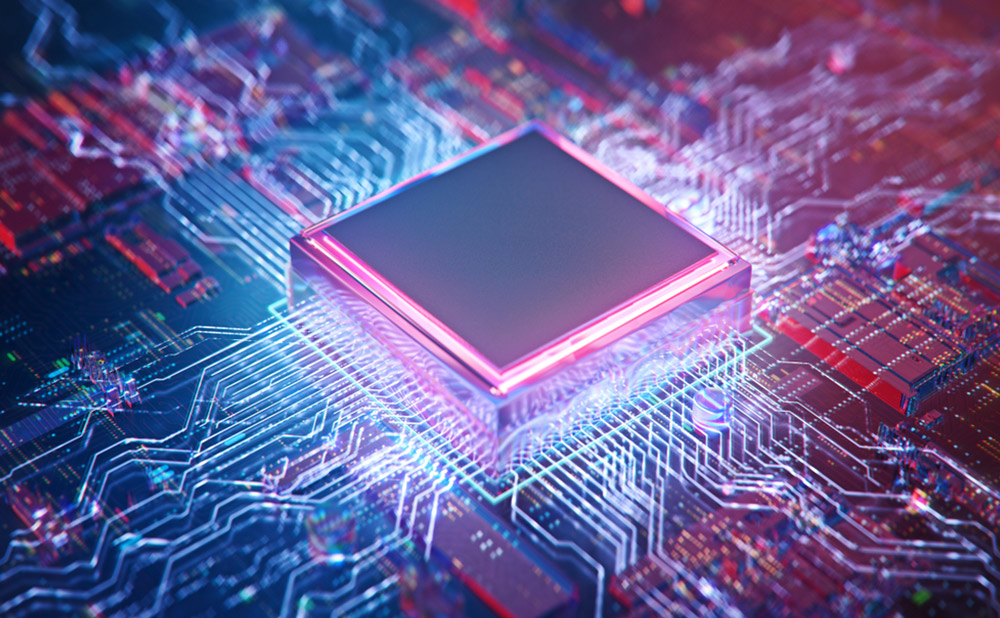The major factors that drive the Power Electronics for electric vehicle market growth include a surge in demand for energy-efficient battery-powered devices, strict emission regulations to reduce vehicle weight and emission, and government initiatives to balance environmental pollution and vehicle emission.

The main devices of power electronics devices required in an electric vehicle are:-
1. Rectifiers: The rectifiers are used in AC-DC conversion stages of Plug in EVs(PEV) where the grid electricity is firstly met with this device. The grid voltage obtained from the plug is 110V/60Hz or 220V/50Hz single-phase ac input in household application of PEV. Rectifiers are analysed in ideal circuit topology and uncontrolled or controlled power switch topologies.
2. Power Converters: Power converters are classified according to their input and output types namely DC-DC Converters and AC-AC Cycloconverters. DC-DC Converters are designed to increase or decrease the input voltage stage to desired value at the output. Therefore, a device known as Buck Converter or step-down converter decreases the output value according to a high input voltage while Boost Converter or step-up converter generates an increased output voltage. The cycloconverters are used to convert input power at one frequency to output power at a different frequency. This can also be achieved by inverter.
Besides the unidirectional dc-dc converters, Bidirectional Converter Topologies are also being used. When the EV driver switched into braking mode the batteries are charged by electric motor owing to bidirectional structure of converter. Therefore, the bidirectional dc-dc converter will be the key device in EVs.
3. Controller and Sensors: Almost all the power electronics in PEV require control signals as met in industrial applications. Conventional linear control such as PID controller can no longer satisfy the stringent requirements placed on high-performance EV’s. The required control signals are generated by Microcontrollers and commutate power electronic devices with switches to provide fixed speed or torque. Pulse Width Modulation technique is adopted by controllers To obtain the instant control action, interface electronic devices are used besides Current and Voltage sensors located in the related parts.
4. Inverters: In EVs, Inverters are used for DC-AC conversions. They are used to provide the required AC voltage and/or current for ac motors from DC battery supply, and consequently, the inverter control algorithms perform motor control operations in terms of torque and speed. Inverters are considered as voltage source inverters (VSI) and current source inverters (CSI) according to the type of output generation where VSIs are widely used in many industrial applications.
The Latest Power Electronics in EV propulsion is used in the form of a Resonant DC-link Inverter for ac motor driving operations. These resonant dc-link inverters have either a parallel or series resonant circuit, thus providing either zero-voltage-switching (ZVS) or zero-currentswitching (ZCS) condition. It facilitates the inverter to operate in soft-switching mode to decrease the switching losses and to increase the efficiency. The auxiliary circuit helps enable the load to be swung to the opposite rail to assure zero turnon voltage. If the auxiliary circuit is not included, then it is very difficult to ensure zero turn-on voltage due to load current constraints.



Leave A Comment